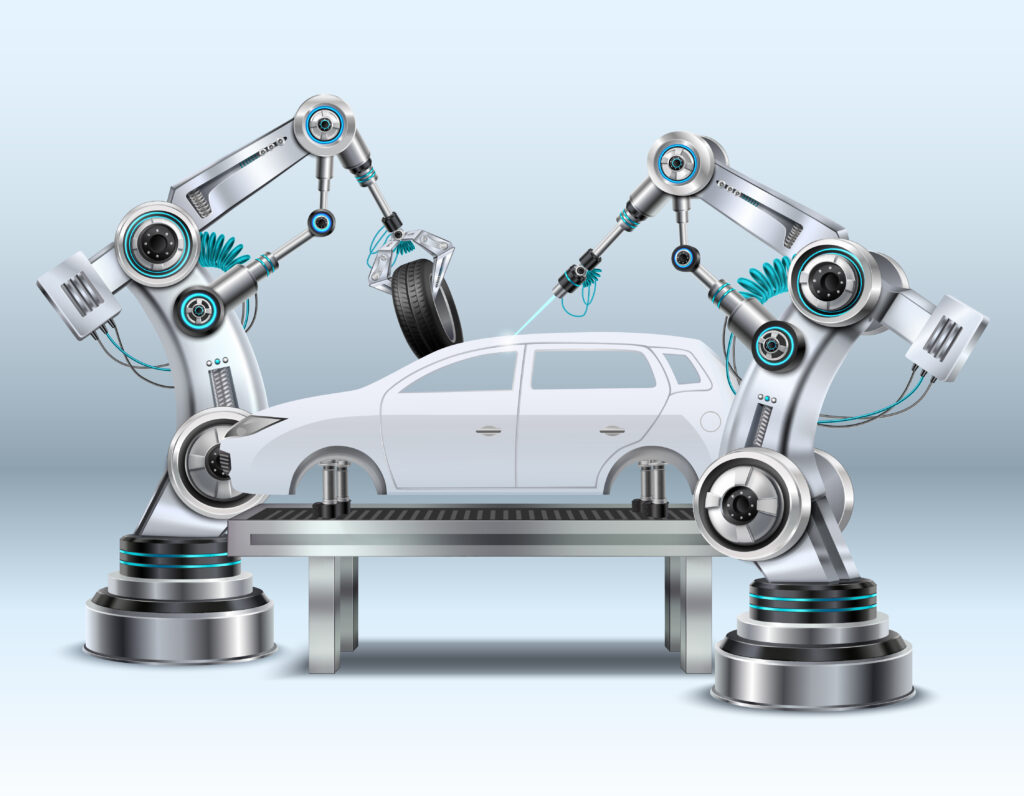In the world of manufacturing, the term OEM (Original Equipment Manufacturer) frequently comes up. OEM manufacturers play a critical role in various industries, from automotive and electronics to textiles and healthcare. Here’s a comprehensive guide to understanding what OEMs are, how they operate, and why they matter.
- What is an Original Equipment Manufacturer (OEM)?
- Examples of OEM Applications
- The Importance of OEM
- The Advantages of Purchasing OEM Products
- Understanding the Differences: OEM vs. ODM, Value-Added Reseller, and Aftermarket
- OEM vs. ODM (Original Design Manufacturer)
- OEM vs. Value-Added Reseller (VAR)
- OEM vs. Aftermarket
- Deciphering OEM in Automotive Manufacturing
- OEM in Aerospace Defence
- Benefits of OEM Manufacturers
What is an Original Equipment Manufacturer (OEM)?
An Original Equipment Manufacturer (OEM) refers to a company that designs and produces components or products used as integral parts of another company’s end product. OEMs are critical to industries that require precision, quality, and scale.
· OEM Software
OEM software is pre-installed by hardware manufacturers on devices such as laptops or smartphones. Examples include operating systems like Microsoft Windows or embedded firmware in devices.
· OEM Hardware
OEM hardware includes physical components like processors, motherboards, and graphics cards integrated into finished products. For instance, Intel’s chips in Dell laptops are a classic OEM partnership.
Examples of OEM Applications
- OEMs are present in numerous industries:
- Automotive: Engines, transmissions, and braking systems supplied to vehicle manufacturers.
- Aerospace: Aircraft engines and avionics systems integrated into planes by OEMs like Rolls-Royce or Honeywell.
- Consumer Electronics: Components like displays, batteries, or sensors sourced for smartphones and laptops.
- Healthcare Equipment: High-precision parts used in MRI machines and diagnostic tools.
The Importance of OEM
- OEMs are vital for ensuring the quality, reliability, and efficiency of complex products. By focusing on specific components, OEMs:
- Enable Specialization: Companies can focus on their core competencies, leaving parts manufacturing to experts.
- Reduce Costs: Bulk production by OEMs lowers costs for end manufacturers.
- Enhance Compatibility: OEM components are designed for seamless integration into finished products.
The Advantages of Purchasing OEM Products
- Purchasing OEM products offers several benefits:
- Cost Efficiency: OEM products are often less expensive due to large-scale production and direct supply.
- Guaranteed Fit and Quality: Designed to meet the exact specifications of the final product, ensuring compatibility.
- Reliability: OEMs adhere to stringent quality standards.
- After-Sales Support: Many OEMs provide warranties and support for their products, enhancing customer satisfaction.
Understanding the Differences: OEM vs. ODM, Value-Added Reseller, and Aftermarket
When it comes to manufacturing and product distribution, terms like OEM (Original Equipment Manufacturer), ODM (Original Design Manufacturer), Value-Added Reseller (VAR), and Aftermarket often come up. Each plays a unique role in the supply chain, and understanding the differences can help businesses make informed decisions.
OEM vs. ODM (Original Design Manufacturer)
OEMs manufacture components based on another company’s design, while ODMs create and produce their designs, which can be branded by other companies
| Aspect | OEM | ODM |
| Design Responsibility | Client designs the product. | Manufacturer designs the product. |
| Customization | High, based on client specifications. | Limited, often involves slight modifications. |
| Production Speed | Slower due to custom designs. | Faster due to pre-designed products. |
OEM vs. Value-Added Reseller (VAR)
A VAR enhances the original product by adding features or services before selling it. For example, a VAR may integrate software with hardware provided by an OEM to deliver a complete solution.
OEM vs. Aftermarket
OEM parts are the original components used by the product’s manufacturer, while aftermarket parts are third-party alternatives. Aftermarket parts may vary in quality and compatibility compared to OEM products.
| Aspect | OEM | Aftermarket |
| Origin | Produced by the original manufacturer. | Made by third-party companies. |
| Quality Assurance | Guaranteed to meet manufacturer standards. | Quality may vary depending on the supplier. |
| Cost | Higher due to guaranteed quality. | Typically more affordable. |

Deciphering OEM in Automotive Manufacturing
In the automotive sector, OEMs produce essential components like engines, exhaust systems, and infotainment systems. Major automakers like Toyota and Ford rely on OEMs such as Bosch and Denso for parts that ensure durability, safety, and efficiency. The term “OEM” in this industry also refers to the original manufacturer of spare parts used for maintenance and repairs.
OEM in Aerospace Defence
OEMs in aerospace and defence provide critical components like engines, avionics systems, and structural parts. Companies like Inspen Technology are instrumental in manufacturing high-precision aerospace parts for aviation giants. These components meet stringent safety and performance standards, ensuring the reliability of aircraft used in defence and commercial applications.
Benefits of OEM Manufacturers
- Collaborating with an OEM manufacturer offers:
- Consistency in Quality: Products meet global standards and pass rigorous testing.
- Cost-Effective Production: OEMs streamline the manufacturing process, saving costs for end-product manufacturers.
- Access to Advanced Technologies: OEMs invest in R&D, enabling their clients to stay at the forefront of innovation.
- Global Supply Chain Support: Many OEMs, like Inspen Technology, offer scalable solutions to meet international demands.
Conclusion
OEM manufacturers are indispensable in today’s industrial landscape, providing the specialized components necessary for innovation and efficiency. From automotive and aerospace to consumer electronics, the contributions of companies like Inspen Technology ensure high-quality, reliable products for global markets.

